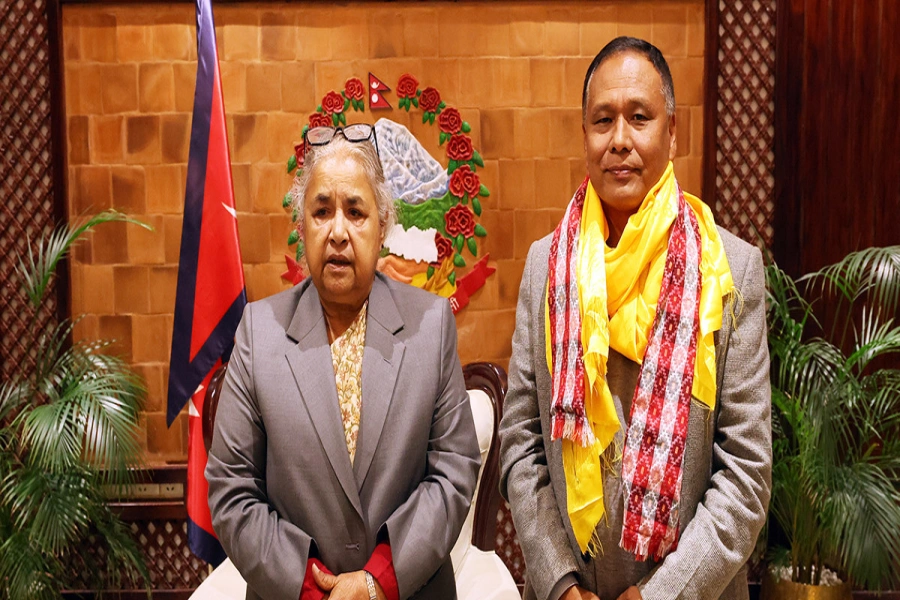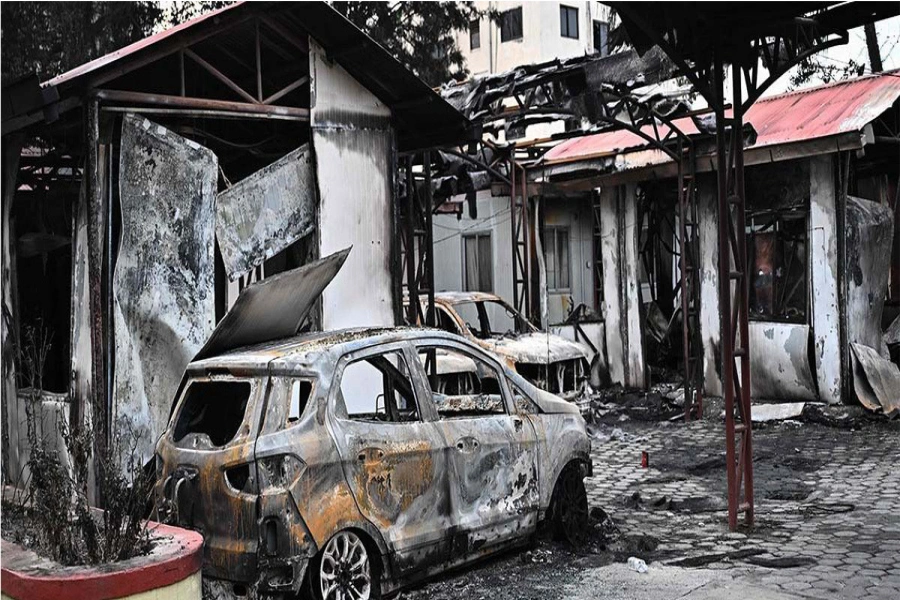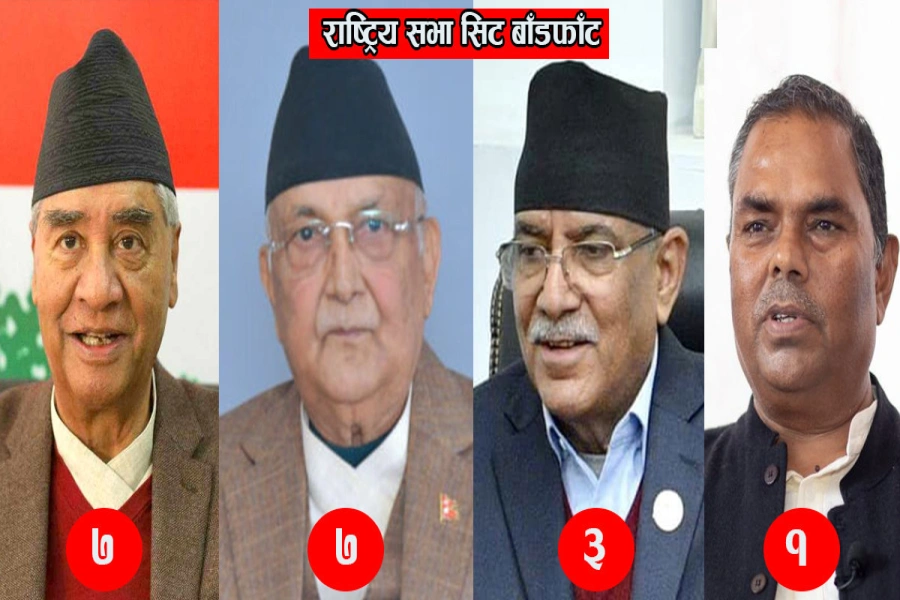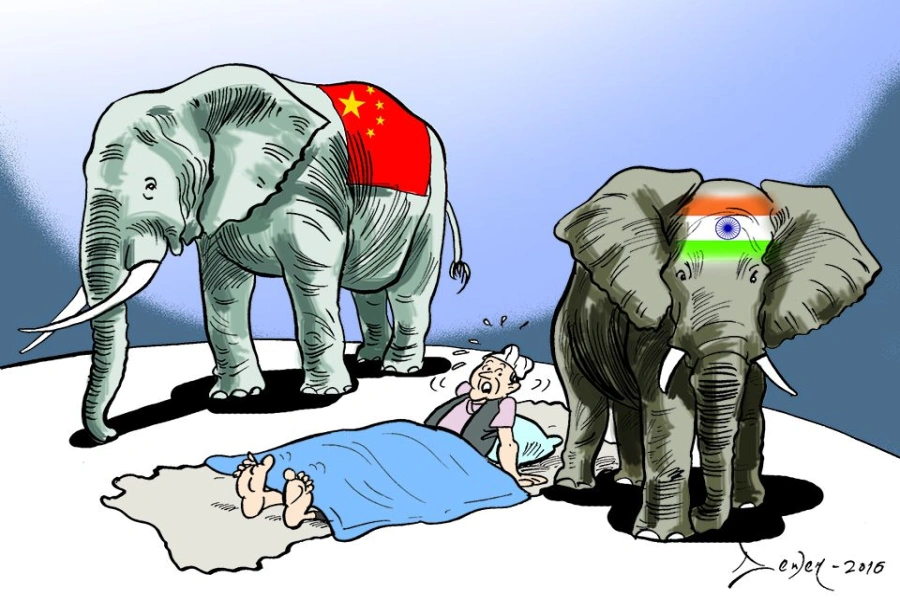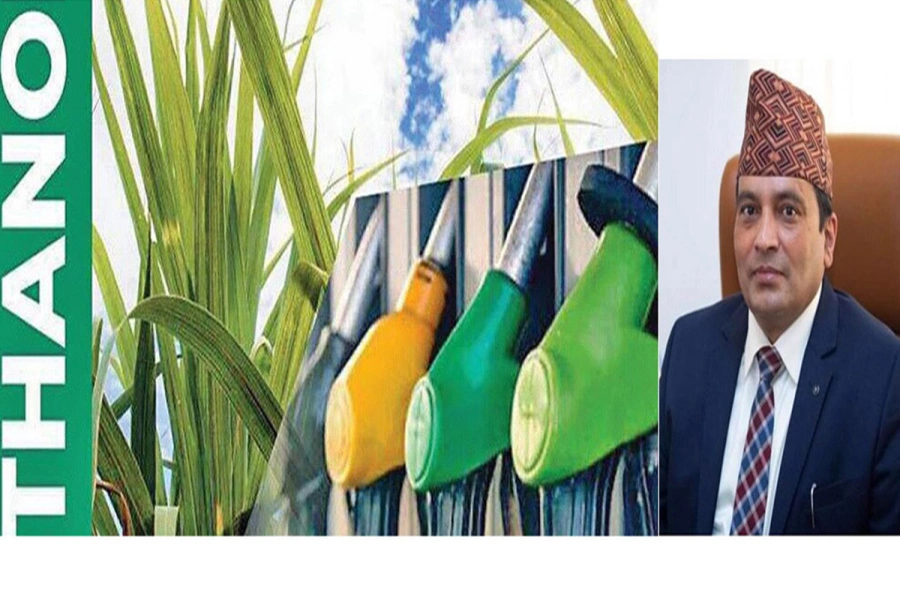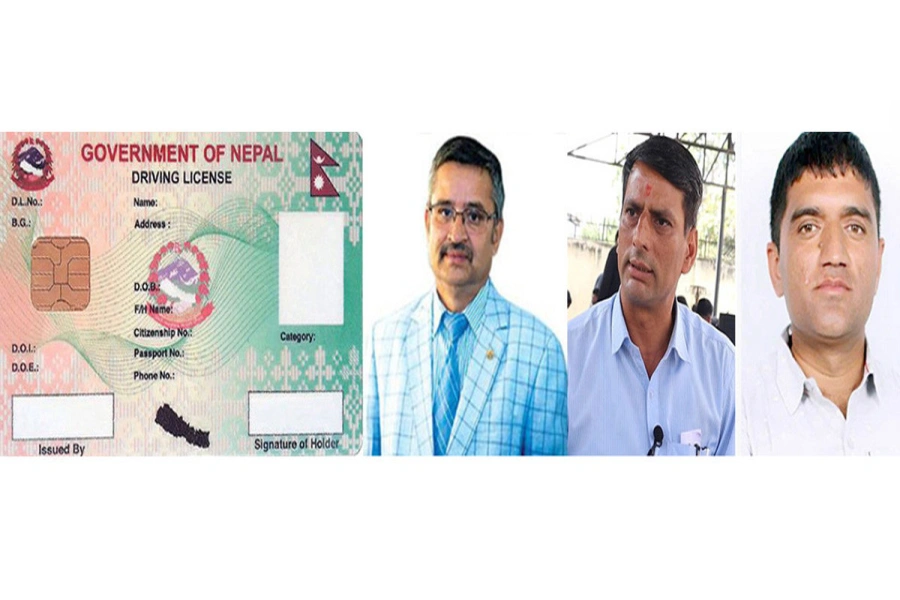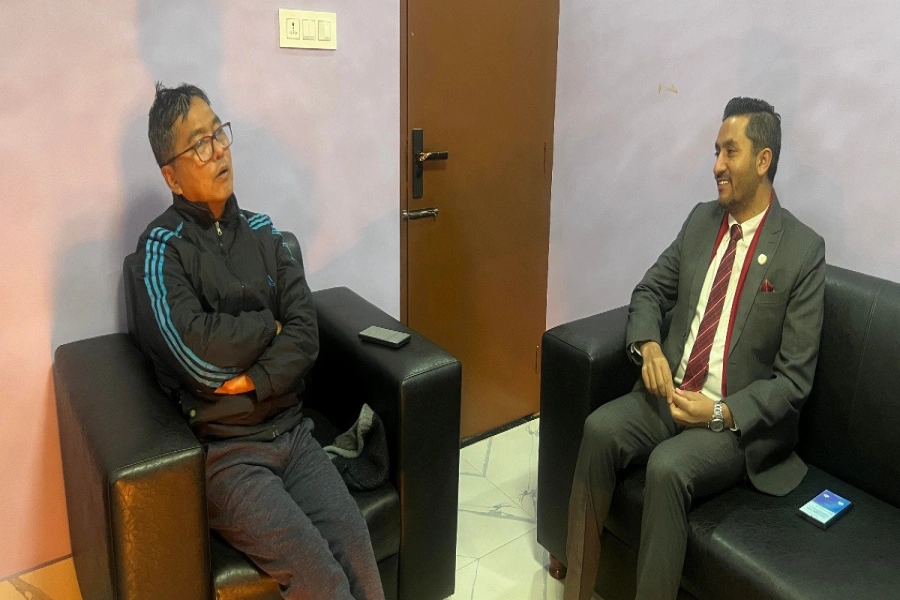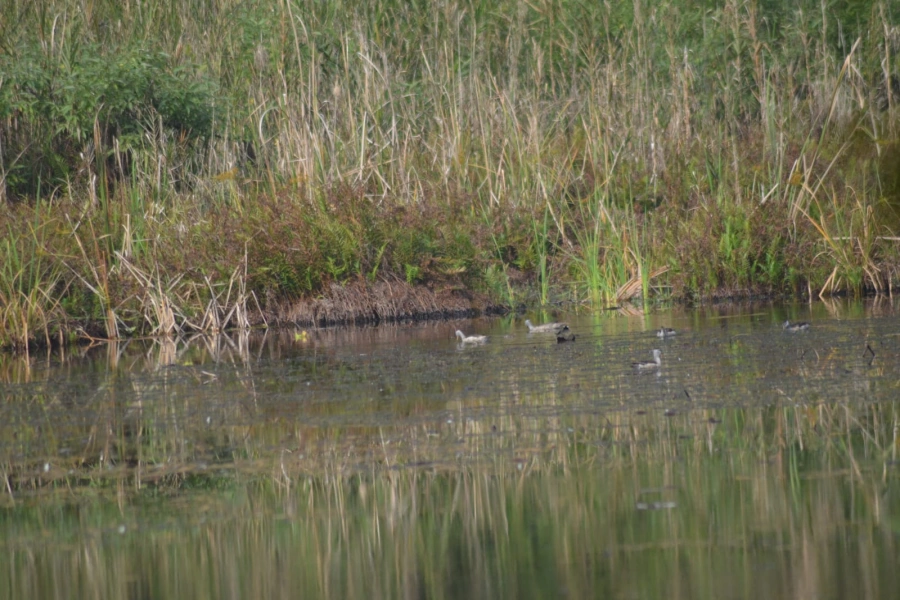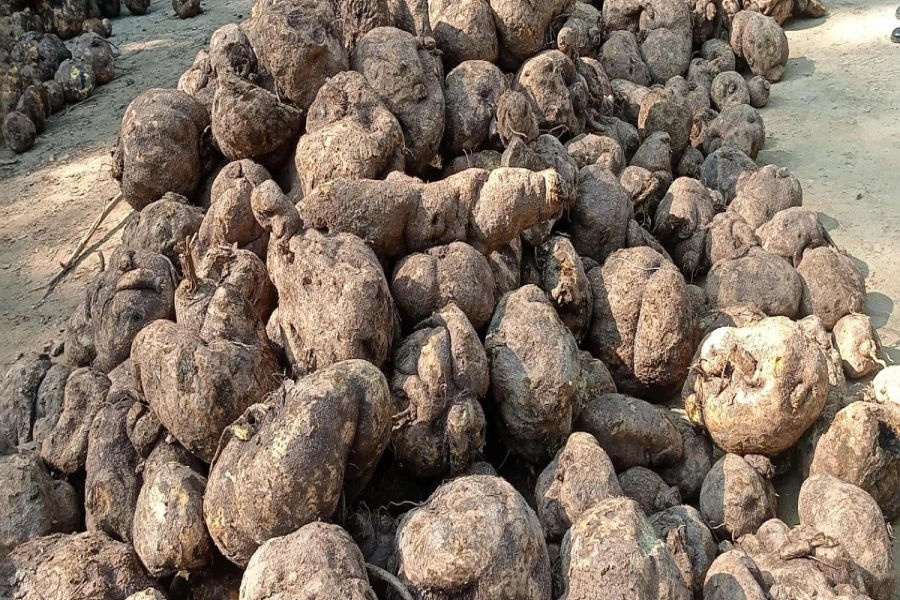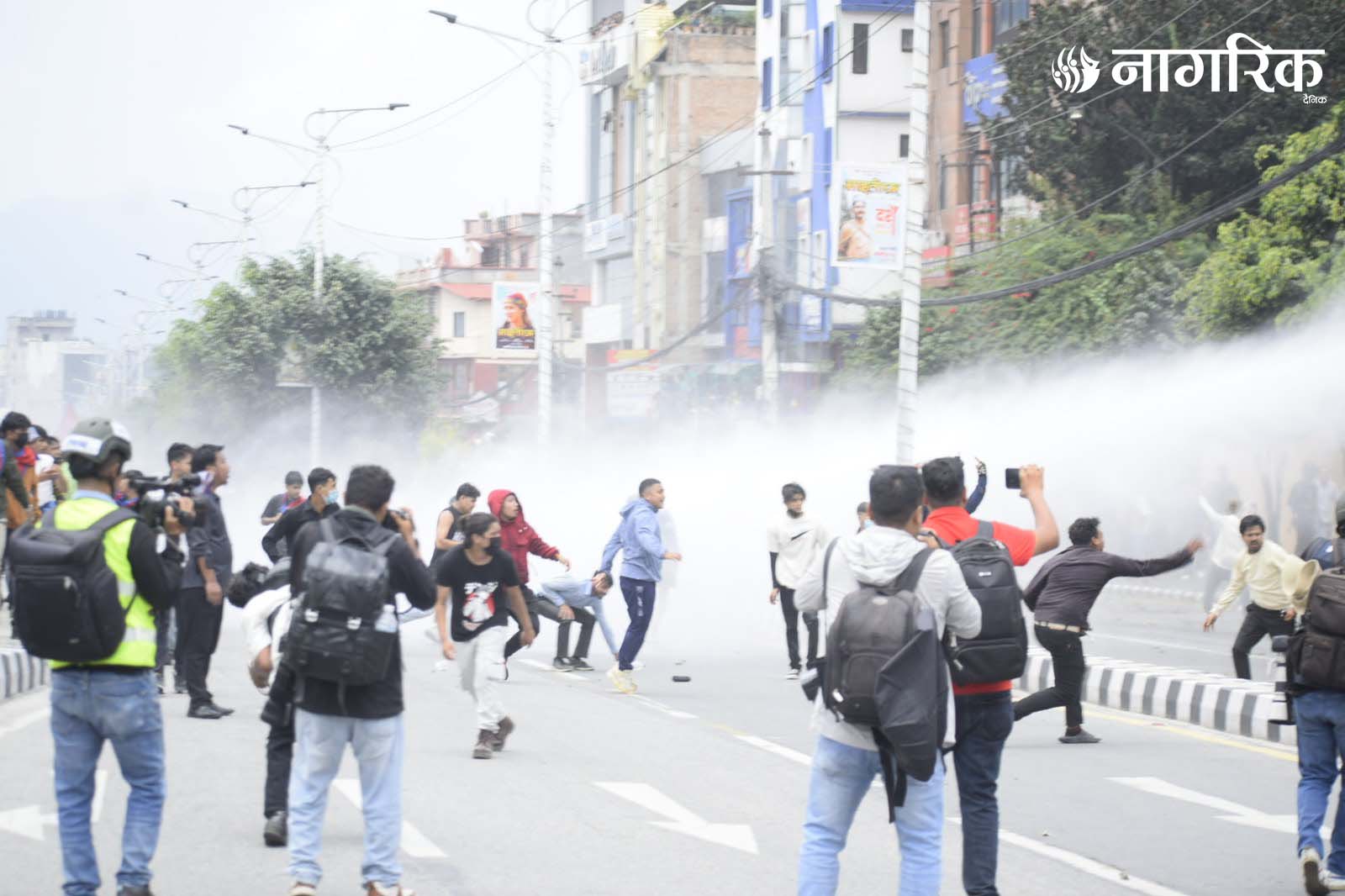“The culture of apartments and housing will not cease to grow because people are going to want to live in better houses, neighborhood and environment,” said Kafle who is also a lecturer at the Tribhuvan University.
For the last couple of years, Nepal has seen a steep upsurge in real estate business where land prices in the capital have soared up to 300 per cent, according to officials at the Nepal Land and Housing Developer’s Association (NLDHA), an umbrella organization of the builders and housing realtors. The industry is said to be worth Rs 70 billion.

A plot of land at Shantinagar, a growing neighborhood near the airport, used to cost around Rs 200,000 per ana (342.25 square feet). Now it costs Rs 1.6 million. At Thamel, New Road and Durbar Marg, which are commercially vibrant, the land prices have gone up to Rs 14 million for a plot of 342.25 square feet. It’s cheaper in parts of New York or London.
The upsurge could be tallied with the escalation of Maoist’s “People’s War” that brought the country down to its knees. “The price of land became expensive as land started getting scarce in Kathmandu after the influx of people due to displacement during the conflict,” said Chiranjibi Subedi, an urban planner with the department of urban development and building construction.
Also because we do not have devolution and decentralization; those who came during the conflict never went back because back home, fewer opportunities await them.
At least 6,000 new housing units are on the fray for trade that cost from Rs 3,000 to Rs 12,000 per square feet, according to government officials. Ministry of Physical Planning and Construction records show that more than 67 builders are on a single mission of erecting more than 250 high-rise buildings in the capital, some as tall as 32-storey.
And it’s growing. “The number of proposals for new high-rise buildings and apartment complexes never cease to decrease,” Subedi, who is the head of Kathmandu Division at the department, told myrepublica.com.
Records show that last year 3,385 permits were given for housing units in apartments, high-rise buildings and housing compared to 1,088 the year before, according to NLDHA.
If anything has changed, it’s the trend. “Due to insecurity, people are more attracted to apartments rather than standalone housing units. Before, individual houses were popular but not anymore. The trend has changed,” Subedi said.
As in any transition, the country still remains highly unsafe with headlines of national dailies filled with news of crime and political instability.
The country’s large swathes see hours of power cuts each day and chronic fuel and food shortages.

Beauty queen-turned-realtor Malvika Subba gives three reasons for the increased interest in housing. “Security, investment opportunity and neighborhood,” Subba shared her experience. “The first thing people are interested in housing and an apartment is because of security. People want to live in a secured neighborhood with good environment and the capital has to be safer than anywhere else,” Subba quips who was crowned Miss Nepal in 2002.
Many parts of the Terai adjoining India are unsafe due to armed uprising of madhesi parties fighting for autonomy.
“So many of them are migrating or shifting their base to Kathmandu, the capital, relatively safer. And many of them are madhesis. They share us their experiences how it’s not safe down there anymore and that they have to live under fear all the time,” Subba said who went to realty business after seven years in showbiz.
“Others see it as a value for money investment opportunity, a long-term one. They want to get a good profit return and housing and real estate is the best bet.” Subba runs an all-girl team at the Shangri-La Housing, a luxury apartment and condominium builders, where she is the head of sales and marketing. Her Shangri-La Housing offers 1,000 apartments in their ten 17-storey buildings.
Maybe that is why apartments see only 30 per cent occupancy rate. Most of the people have invested in the apartments and houses for future security or venture purpose, not to live in them.
The reason Nepal has seen such a high demand for real estate is because Nepalis have “high sentiment with land. We assume that investment in land and property is always secured.”
“And they don’t have anywhere to invest. It’s either share or real estate. For people, real estate is much easier and visually appealing for Nepalis,” Subedi concurred.
Kathmandu’s population has been expanding at an annual rate of 6.67 percent, whereas the country’s average is 2.1 percent. This shows increase in internal migration into Kathmandu growing extensively.
With an average annual income of around 370 dollars, 31 percent of Nepal’s 27 million people are living below the absolute poverty line.
Experts believe that soaring land prices and increasing interest in the real estate is a “bubble that is purely speculative.” Since the price hike is purely speculative, it will go down because this is not a natural growth.
Many of the banks have at least one third or more of their loan exposed to real estate. The banks have invested in both the buyers and the builders. Inflation is at 12.3 per cent. The faltering economy and growth has purchasing power decline. “And it can’t hold this kind of aberrant growth in any sector for long,” Sandeep Gautam, assistant editor with New Business Age, an English-language business and economy magazine.
And it comes with a price.
There are not open spaces anymore. No public parks, gardens and playground for children. There is serious scarcity of roads since overpopulated Kathmandu has more number of cars and public transport that its road can handle. The water supply and sewage system is a big challenge.
“The current infrastructure is not enough for the kind of boom we are looking at. The water supply is not enough. We have to depend on deep boring for certain period. What do we do after that? Sewage system is not functional. With so many high-rise buildings and housing units, we are in for a crash,” said the superintendent engineer Chiranjibi Subedi. “Kathmandu is turning into a concrete jungle. And we are not ready.”
Import of ready to eat products rising



